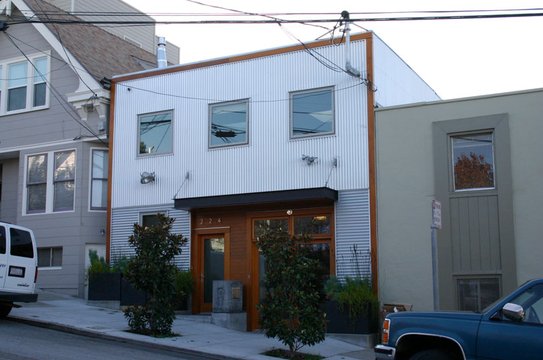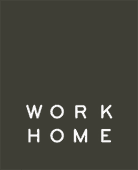State of play in the USA
State of play in the USA
In the United States, there is variation in how the numbers of home-based workers and businesses are reported. The 2000 federal census showed that 3.3 percent of all workers worked at home. The Bureau of Labor Statistics reported in 2004 that 20.7 million persons, or about fifteen percent of the non-agricultural workforce, worked at home at least one day a week. The actual percentages are likely higher, and have been increasing over the several census cycles since 1980. Detailed data on home-based work from the 2010 census are not yet available, but it is to be expected that the numbers have been rising, because of the ability for the “new economy” to accommodate home-based businesses, and because the current, high unemployment rate is causing people to move away from corporate employment to form new, small businesses that are located at home.
The first comprehensive zoning ordinance, regulating land use as well as building form, was instituted in New York City in 1916, and the U.S. Supreme Court affirmed the constitutionality of zoning in 1926. However, there is no national legislation of home-based businesses. Each municipality has its own land-use and zoning regulations, allowed according to fifty separate state “enabling ordinances” that permit cities to write their own laws. As a result, cities differ greatly from each other in how home businesses are regulated. Often, businesses that have one or two employees, and that do not require car parking, are allowed. This may include small professional offices but often does not include manufacturing, retail, or service occupations like hairdressing or auto repair—some of which are particularly attractive businesses for low-income people. Such businesses are therefore excluded or need to happen “under the radar,” supported by informal business networks. This issue is particularly difficult in neighborhoods populated by immigrants and ethnic minorities, for whom the ability to have a home business may be the first step toward upward economic mobility.
Some cities are taking steps toward the relaxation of codes that prevent home-based businesses. Berkeley, California has a “mixed-use residential zone” that allows certain small manufacturing operations on the same property as residences. Other cities have introduced “live-work” ordinances for certain zones, and others still are introducing “form-based codes” that relax use restrictions on properties but maintain rules regarding architectural attributes such as height and density. Some cities allow residential properties in certain commercial zones. But the thousands of individual ordinances that exist in the country along with the mono-functional land-use patterns that are partly the result of almost a hundred years of zoning will likely mean that home-based work will continue in ways that are modest and largely hidden from view.
Howard Davis, Professor of Architecture, University of Oregon







